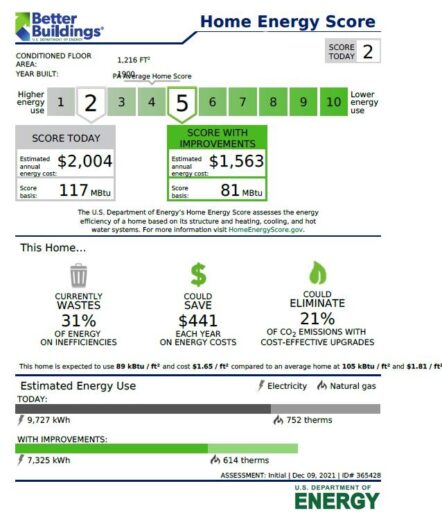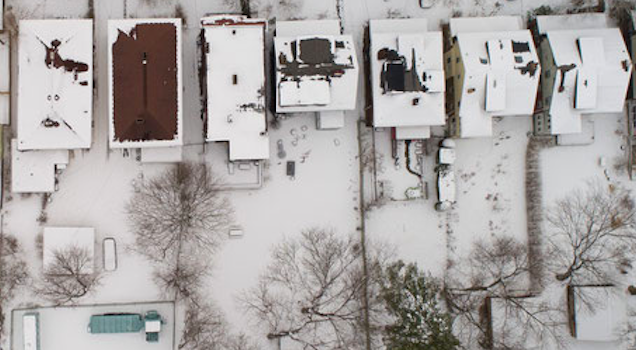Empowering Tomorrow: Energy Efficiency for Equity, Climate Solutions Today
Energy Efficiency Empowerment (E3)
Energy Efficiency Empowerment builds upon the rich legacy of Conservation Consultants, Inc., a nonprofit organization that dedicated over 40 years to promoting energy efficiency and conservation in Pittsburgh.
Our knowledge base is rooted in years of serving local homeowners and conducting over 400 energy audits from 2017 to 2020. These audits focused on middle- and lower-income single-family homes.
Among the key findings, we discovered:
44% of homes had uninsulated framed walls, while 24% featured brick/masonry walls without frames—markedly higher than the national average of 1.5%.
Average home air leakage was found to be 2X the national average, measuring at 17 ACH@50 Pascals (5136 CFM@50).
13% of homes lacked any attic insulation, exacerbating energy inefficiency. As a result, the energy use in Pittsburgh area homes is roughly 40% higher than in the rest of the Northeast.
Even newly renovated homes often miss out on basic energy efficiency features.

Like a miles-per-gallon rating for a car, the Home Energy Score is based on a standard assessment and modeling to easily compare energy use in homes.

The Home Energy Score tool also provides recommendations for cost effective energy efficiency improvements.

Blower door measures air leakage from the house. Air leaks, or drafts, can be responsible for as much as 30% of energy loss.

Add Subheading Text
Digital gauge of the blower door shows air leakage in cubic feet per minute at a pressure of 50 Pascals.

Thermal imaging camera is used to find areas without insulation in the walls or ceilings.

Measurements of insulation, in attics and crawl spaces, are entered into Home Energy Score modeling software to determine the score.
Our Work
Energy Efficiency Empowerment is here to illuminate these issues and assist those contractors and nonprofit developers who aspire to do better. Our vision is to transform the home renovation processes, reducing the amount of energy needed to heat and cool dwellings, especially homes rehabbed for the affordable housing market. By doing so, we aim to help low- to moderate-income (LMI) homeowners and renters build equity and, through these publicly funded projects, make an impact on carbon emissions and climate preservation.
To achieve these goals, Energy Efficiency Empowerment employs a comprehensive approach with the following components:
- Home Performance Measurements
- Energy Modeling and Recommendations
- Project Plans Review, Efficiency-Related Specs, and Product Guidance
- Expert Technical Advice
- Hands-On Training for Contractors and Project Managers
- Supportive Funding to Enhance Efficiency, When Available
- Site Visits, Quality Control, and Verification
- Scoring of Final Home Performance Achievement
- Sharing of Projects Achievements with Stakeholders and Peers
Our motto is simple: Making Energy Efficiency Visible. Through our efforts, we hope to raise awareness, educate, and empower homeowners, contractors, and communities to embrace energy efficiency practices, ultimately contributing to a greener, more sustainable future for all.


